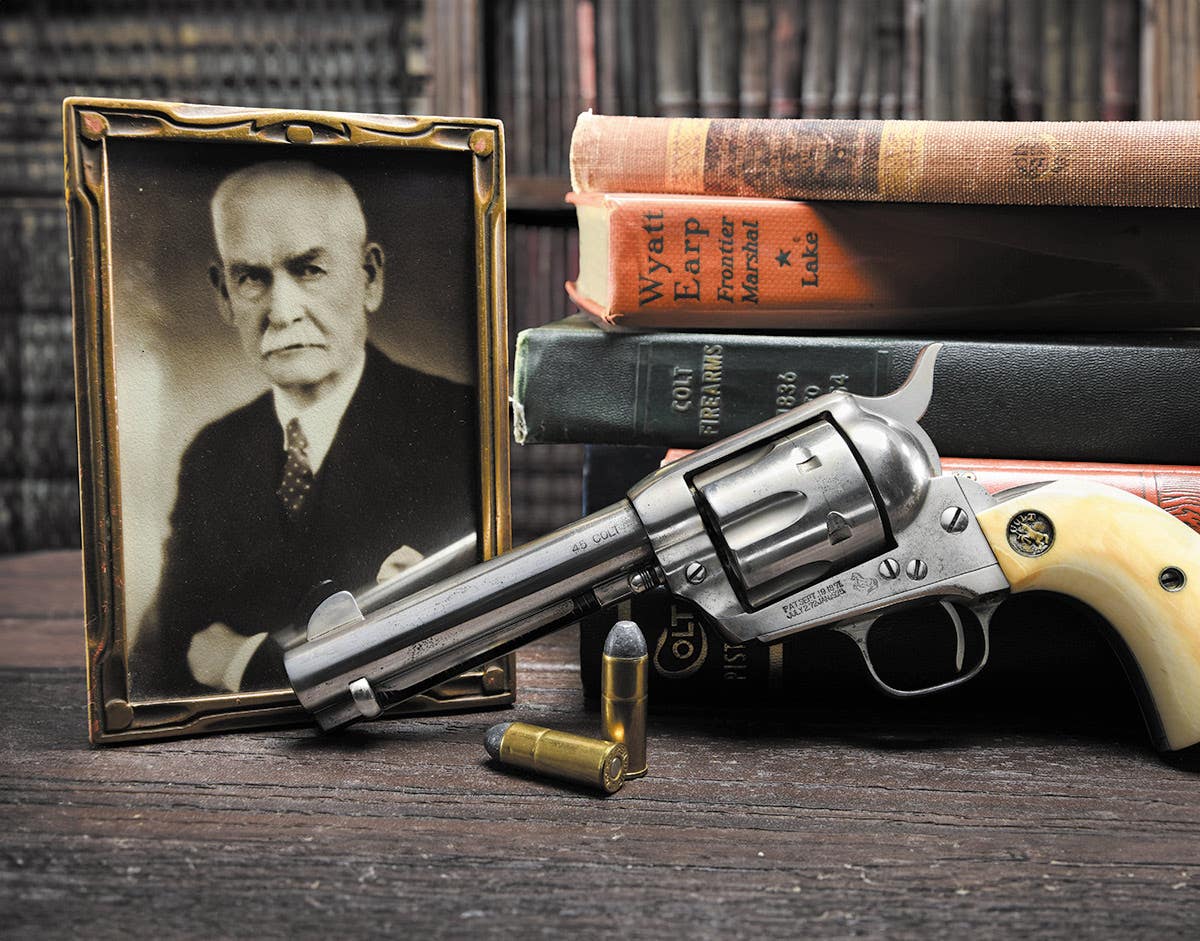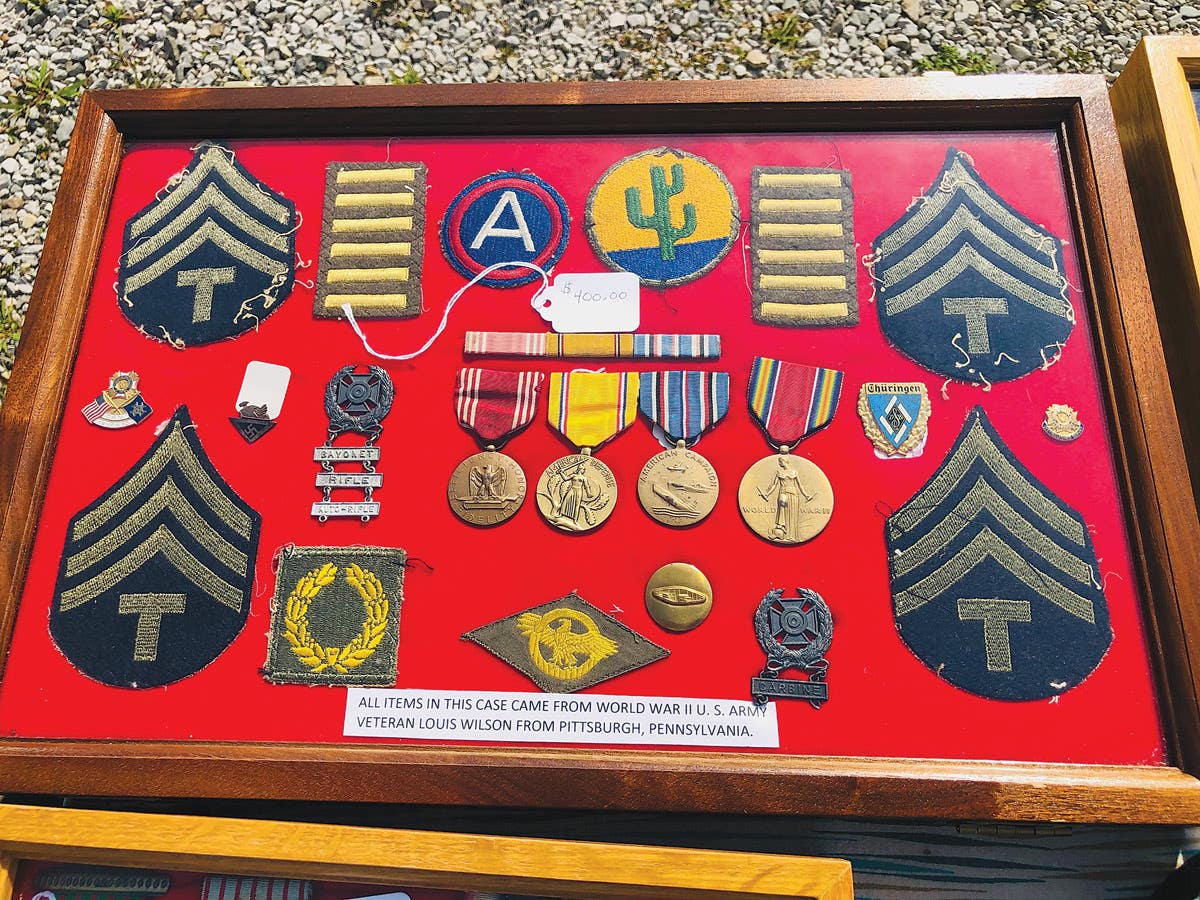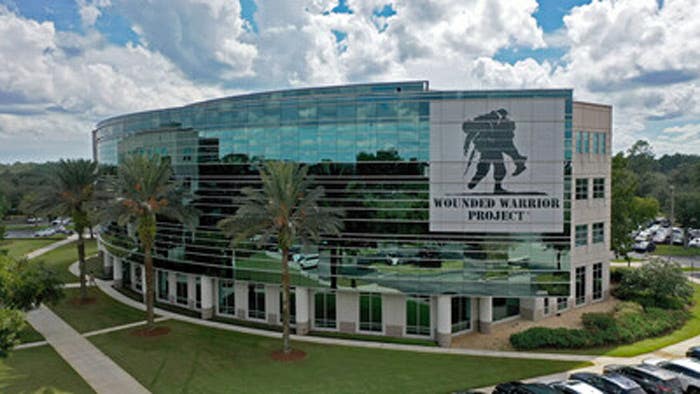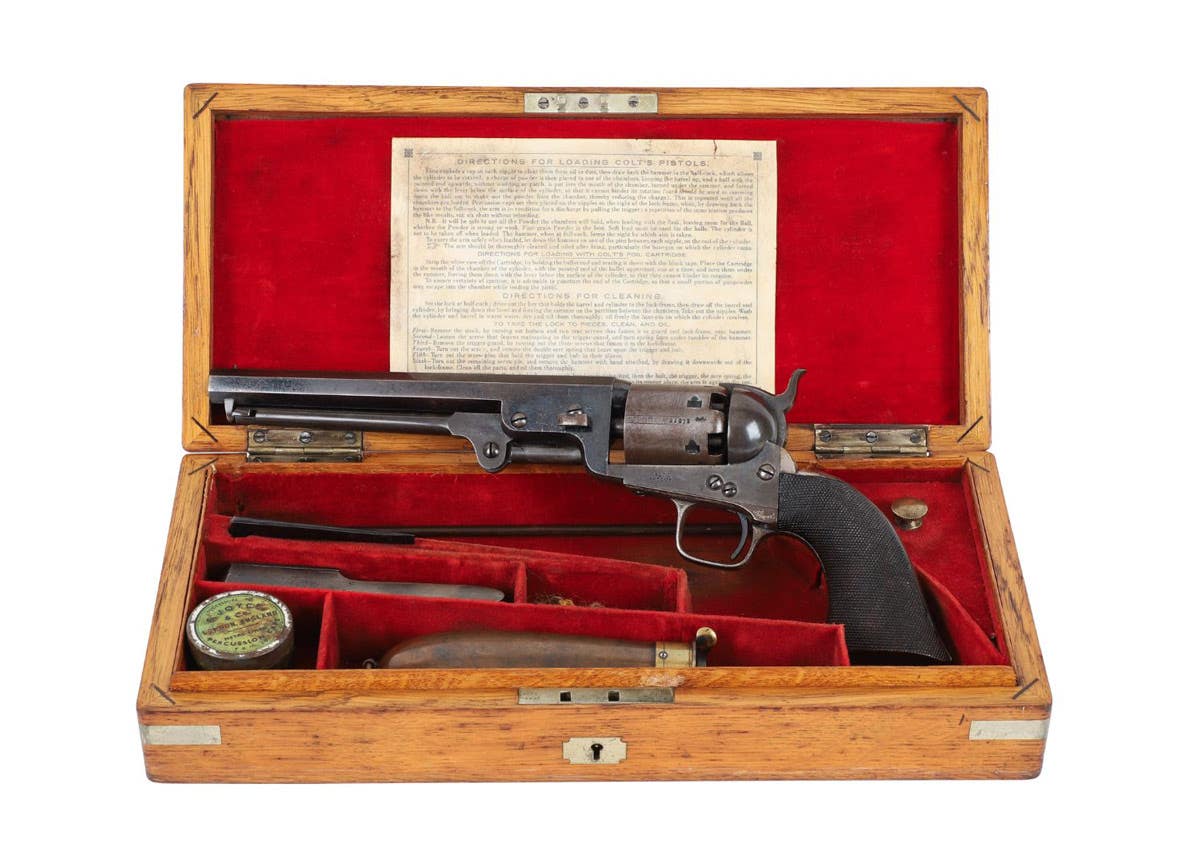U.S. blocks Korean M1 rifles
Not the first time the U.S. has stopped arms importation
by Peter Suciu
In what can only be termed irony, a large cache of M1 rifles remains in South Korea, ready for the American collector’s market—and yet these guns will likely not return home anytime soon, because the importation is being blocked by the American State Department.
The news broke this past August, when The Korea Times reported that the United States government essentially blocked the importation of some 100,000 vintage M1 Garand rifles and M1 carbines. The plan to export the guns from South Korea had been announced by its Ministry of National Defense a year earlier, and this was going to be part of the effort to boost the nation’s defense budget.
Given the increased popularity of the M1 and its subsequent increase in price, it isn’t hard to see why this would be welcome news for collectors in the United States, and why the South Koreans would be eager for this influx of revenue. The firearms, which were the most widely distributed semi-auto rifle issued during WWII, gained popularity in the mid-1990s and, since that time, prices have gone sky high.
“It hasn’t just been the last couple of years,” says advanced American militaria collector and dealer Reefe Renforth. “A lot of the interest came with the release of “Saving Private Ryan” and later with “Band of Brothers.” These created a core of ‘World War II addicts,’ and this is among the classic WWII weapons.” The M1 Garand and M1 carbine were also introduced to a younger generation, those who learned of the exploits of their grandfathers through hit video games such as “Medal of Honor” and “Call of Duty”.
The result of the renewed interest in WWII meant that quality M1 rifles, and even those meant for the range as much as the shelves now fetch prices much higher than just a decade ago, and that hasn’t fallen even with the economic slowdown. The question is whether 100,000 more guns imported to the American market would even create a dent in the price for collectors?
“It would affect the bottom end rifles, but really good correct rifles probably wouldn’t budge in price,” says Renforth. “It would make what we call shooters available to the general public.”
Those rifles —whether of shooter quality or otherwise—are unlikely to show up on the collector’s market anytime soon. Following the publication of The Korean Times story, numerous rumors circulated as to what this meant, and why these guns were being banned. It is worth noting that in the article an unnamed source from the Ministry of National Defense passes the blame to the Obama Administration.
According to this source, the first reason given is because the guns are old, and thus potentially dangerous; and second, could fall into the hands of terrorists or gangs. This fact was later confirmed in early September when FoxNews picked up on the story, quoting a State Department source as saying that the transfer of such a large number of guns, “could potentially be exploited by individuals seeking firearms for illicit purposes.”
Both arguments are, of course, weak and a bit contradictory; many older guns are imported all the time without posing a “danger” to collectors—and currently Chinese, Yugoslavian and Romanian AK-47s and SKS rifles are being imported at record numbers. More confusing is that there is precedence in place that would stop this importation, and it is simply odd that the Ministry in Korea wouldn’t have known about it, or cited it. Either someone in the Ministry is confused, or the American State Department was trying to make silly excuses when a valid reason already exists.
“This first became an issue in the 1950s,” says Alex Cranmer, vice president of International Military Antiques, and he and his company, which he runs with his father, has run into problems with importation many times over the years. “The key to the issue is the ban on return of American goods, which was introduced after the war, so that lend lease and other firearms weren’t sold back to Americans. The reason was so that foreign governments couldn’t dump these items at discounted prices, and in direct competition with American makers. But this now extends to all sorts of equipment as well, and it isn’t just limited to guns. It is ironic as you can bring in other guns, but you can’t bring in these M1s from Korea.”
The Arms Export Control Act of 1976 is another component that could ensure that these guns will likely never come home. This act gave the President of the United States the authority to control the import and export of military hardware, which was not limited to just firearms. It further requires governments that receive weapons, and other military equipment, from the United States to use them for “legitimate self-defense.” The act restricts the sale of some technologies as well, but it does put limits on how the guns can be sold. Renforth has also encountered this, and told of efforts to import older vehicles from South America without success. “As far as I know, anything that is military equipment can’t be imported into the United States.”
The irony is that while those former Communist Bloc firearms are easy to import, the same can’t always be said for M1 rifles or it seems even other U.S. military equipment. But who is in the crosshairs for this regulation is the question, and many gun collectors today like to point the finger at President Bill Clinton. But the fact is that this is an issue that occurred long before Clinton headed to the Oval Office. Following the WWII, South Korea— along with nations such as Taiwan, Iran and Turkey—received support under the Military Assistance Program. With it came the move that Cranmer notes, to keep these items from in turn being sold off.
Of course, M1 rifles have been imported back into the United States, so the mystery here is why there is a hold up now? “This comes up every eight to 10 years,” says Orest Michaels, Chief Operating Officer of the Civilian Marksmanship Program. While the CMP does not import rifles, and receive all their firearms from the U.S. Army, Michaels was able to shed some light on this issue. “This happened before, around 2004, and it seems that the South Koreans started it up again, trying to bring the rifles home through different importers.”
Michaels adds that many times the M1 rifles are simply “on loan” to another nation, and “when those are no longer needed, those rifles come home.” From there the U.S. military, through programs such as the CMP, are able to get those guns on the market. The difference in this case may be that the South Koreans don’t want to simply give the guns back, they want to sell the firearms—and with even shooter rifles fetching several hundred dollars or more, it isn’t hard to see why. “There is no reason to believe collectors wouldn’t scoop up the 100,000 rifles if they came up for sale.”
Why does former President Bill Clinton get the blame? One rumor circulating is that Clinton is responsible for the ban of the importation of these guns as part of the assault weapon ban, but that isn’t exactly accurate. For one thing, why would M1 rifles be stopped from importation but AK-47s are not? It comes back to the MAPs issue, and according to some sources, the law may have been loosely enforced, and in the pre-9/11 days, much more could be imported.
“Yes, this comes up from time to time,” says Charles Steen, president of Sarco Inc., whose company imports firearms. “The problem is the regulation, and the state department does have to approve the transactions. For a long time, there was a presumptive denial for guns. With the fair trade agreement, this went from presumptive denial to presumptive approval and eventually, to a structured approval.”
Thus it is possible that Clinton (the President) had again authorized a policy of presumptive denial, but it now seems that Secretary of State Hillary Clinton has enacted a policy of presumptive denial. And with those M1 rifles will likely remain in South Korea. J
Peter Suciu is executive editor of FirearmsTruth.com, a website that tracks and reports on media bias against guns and Second Amendment rights.
Movie guns face terrible end
Charles Steen of Sarco Inc. noted the firearms, which included Springfield rifles as well as M1919 30-caliber machine guns, which were used in the production of HBO’s epic “The Pacific” miniseries did in fact return home. “We arranged an export loan for the production,” says Steen. And now collectors can actually purchase those firearms directly from Sarco.
However, not all movie guns have had such a happy ending. While the South Korean government tries, in vain it seems, to export some 100,000 rifles to the United States, the country was more successful in efforts to supply World War II era firearms for the production of the film “The Thin Red Line,” which was filmed in Australia.
Says historic consultant Capt. Dale Dye (retired), “The guns used in the movie were meant for export, but those were seized by the Australian government and I was told, ‘dealt with it.’ I took that to meant that the guns were scrapped.”The film’s armorer, John Bowring of Paradox FX Pty. Ltd., confirms that this was the case. The destroyed guns included “335 M1 Garands and Carbines.” To survive a war and be destroyed for a film.
YOU MAY ALSO BE INTERESTED IN:
*Military Vehicles Magazine
*Standard Catalog of U.S. Military Vehicles, 1942-2003
MORE RESOURCES FOR COLLECTORS
*Great Books, CDs & More
*Sign up for your FREE email newsletter
*Share your opinions in the Military Forum







